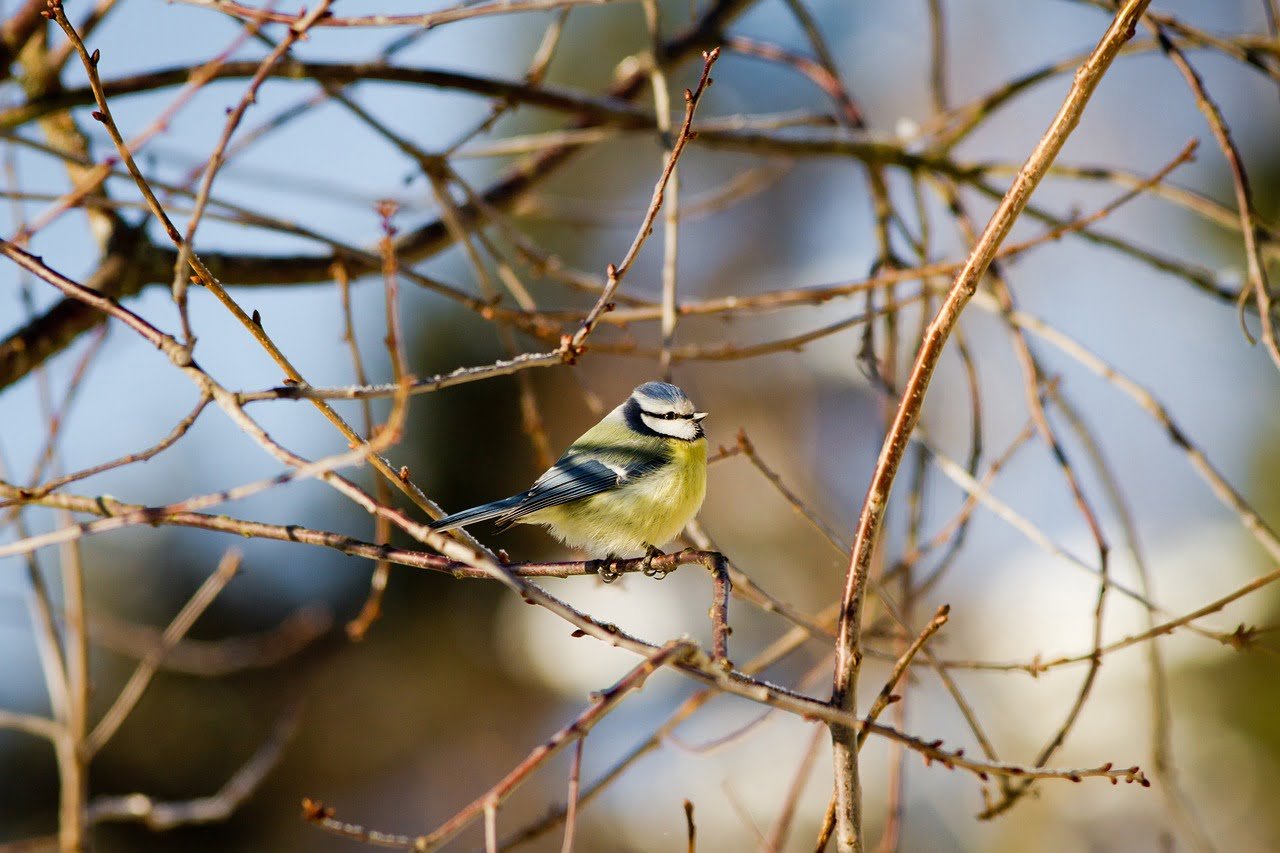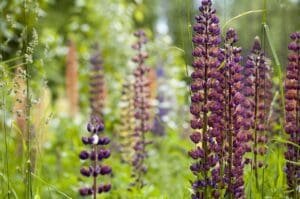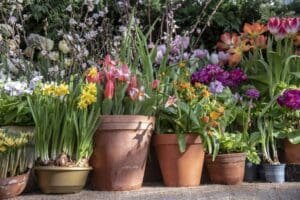Are you tired of staring out over a dull, lifeless garden during certain times of the year? Well, you’re not alone! Making a garden look good all year round is one of the most common problems for gardeners. However, with a little bit of planning and creativity, your garden can look amazing all year round, no matter the season.
In this post, we’ll share some of our favourite tips and tricks to keep your garden looking its best all year round, from choosing the right plants, seasonal maintenance and incorporating garden structures.
This post contains affiliate links which means we may make commission from any qualifying sales with no extra cost to yourself.
The Secret to Making Your Garden Look Good All Year Round
1. Choose plants that provide interest at different times of the year
2. Incorporate evergreens and structural plants
3. Consider plant textures and shapes
4. Use pots and containers
5. Use garden structures
6. Maintain your garden through the seasons
1. Choose plants that provide interest at different times of the year
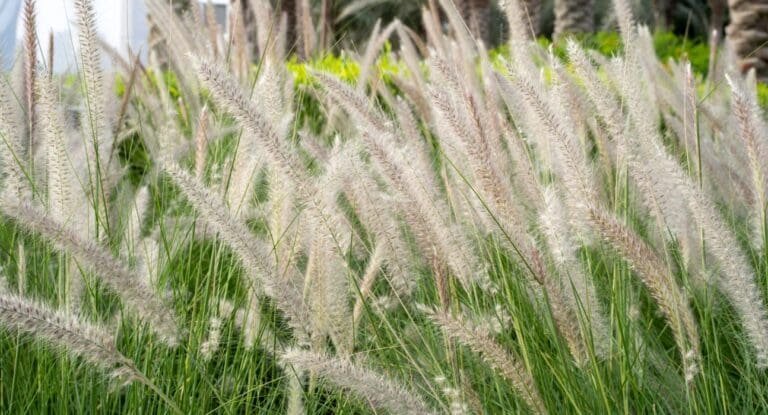
When it comes to designing a garden that looks great all year round, choosing the right plants is key. You want to select plants that will bloom at different times throughout the year, ensuring that your garden always has some colour and interest.
Top plants to add colour in spring
1. Tulips
2. Daffodils
3. Hyacinths
4. Snowdrops
5. Snakes head fritillary
Top plants to add colour in Summer
1. Roses
2. Dahlias
3. Lavender
4. Geraniums
5. Petunias
Top plants to add colour in Autumn
1. Chrysanthemums
2. Japanese Anemones
3. Asters
4. Sedums
5. Heleniums
Top plants to add colour in Winter
1. Winter-flowering pansies
2. Snowdrops
3. Winter-flowering heathers
4. Hellebores
5. Cyclamen
2. Incorporate evergreens and structural plants
In addition to flowering plants, it’s important to include evergreen plants in your garden design. These plants maintain their leaves or needles year-round, providing greenery and interest even during the winter months. Examples of evergreen plants include boxwood, holly, and yew.
Incorporating structural plants into a garden is essential for creating a visually appealing and well-organized space. Structural plants, such as trees, hedges, and shrubs, serve as the backbone of a garden, providing structure and defining spaces within it. These plants are often larger and more permanent than other types of plants and can be used to create privacy, shade, or focal points within a garden. Structural plants also add a sense of depth and dimension to a garden, breaking up the space and creating different levels and layers of interest.
By selecting a variety of plants that bloom at different times of the year and incorporating evergreens and structural plants, you can create a garden that looks beautiful and interesting no matter the season.
3. Consider plant textures and shapes
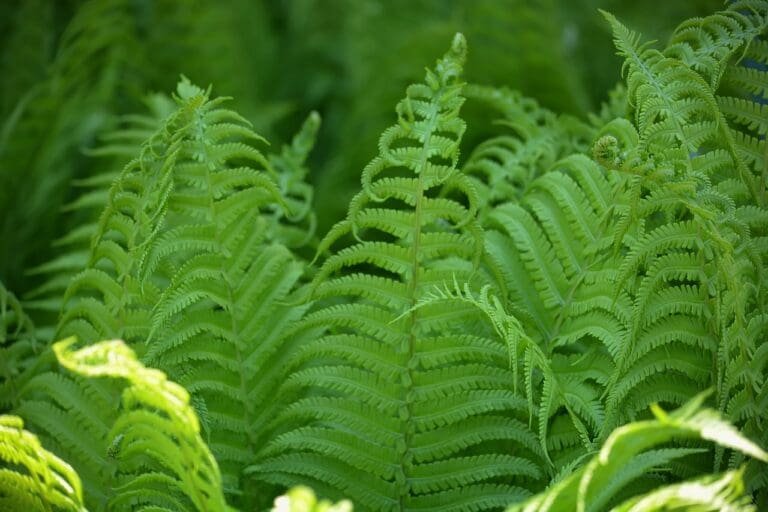
While flowering plants are certainly important for a colourful garden, it’s also important to consider other elements such as texture and shape.
For example, you can add interest to your garden by selecting plants with interesting foliage, such as variegated leaves or colourful foliage. Some examples of plants with interesting foliage include hostas, heucheras, and Japanese maples.
In addition to foliage, you can also consider plants with interesting bark or seed heads. For example, the peeling bark of a river birch or the large seed heads of alliums can add visual interest to your garden.
Texture is another important element to consider when designing a year-round garden. By incorporating plants with different textures, such as spiky ornamental grasses or feathery ferns, you can create a garden that’s visually interesting even when there are no flowers in bloom.
4. Use pots and containers
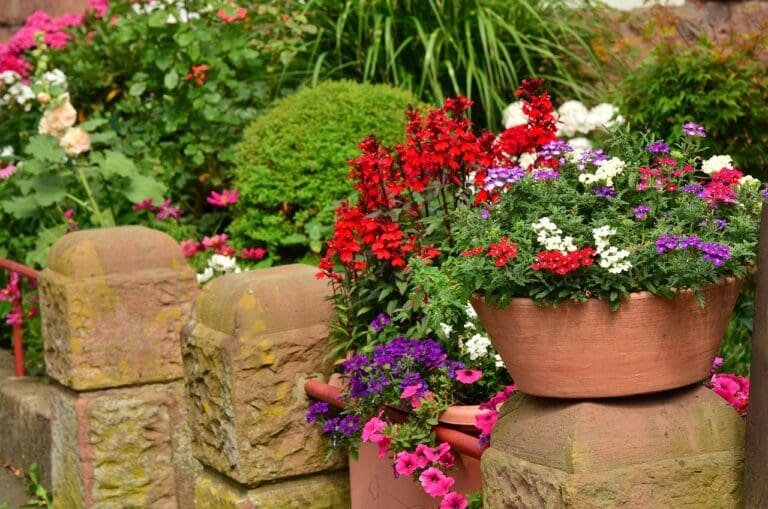
Another way to add interest to your garden and keep it looking great all year round is by using pots and containers.
Pots and containers allow you to create focal points in your garden, and they also provide a way to incorporate plants that may not be suited to your garden soil or conditions. For example, you can grow plants that require well-draining soil in a container filled with a sandy mix.
When selecting plants for containers and planters, consider using plants that have interesting foliage, such as ornamental grasses or succulents. You can also use containers to grow seasonal plants, such as spring bulbs.
When choosing containers, think about the overall aesthetic of your garden. You can choose containers that match your garden’s style, or you can use containers to add a pop of colour or a unique texture. In addition to traditional containers, you can also consider using hanging baskets or window boxes to add interest to your garden. By incorporating containers and planters, you can create a garden that’s both beautiful and functional, with plants that can be easily moved or changed depending on the season.
5. Use garden structures
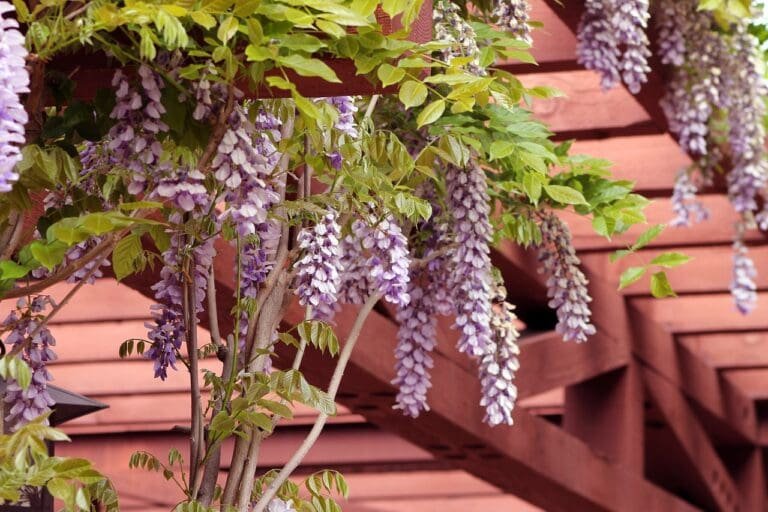
While plants are certainly the star of any garden, incorporating hardscaping and garden structures can also add interest and beauty all year round.
Garden structures such as arbors, trellises, or pergolas can also add interest to your garden while providing support for climbing plants. These structures can also serve as focal points in your garden, providing visual interest even when there are no flowers in bloom. When incorporating hardscaping and garden structures into your garden design, consider the overall style and aesthetic of your garden. You can choose materials and structures that complement your home’s architecture or garden style.
By incorporating hardscaping and garden structures, you can create a garden that’s visually interesting all year round, even during the winter months when plants may be dormant.
6. Maintain your garden through the seasons
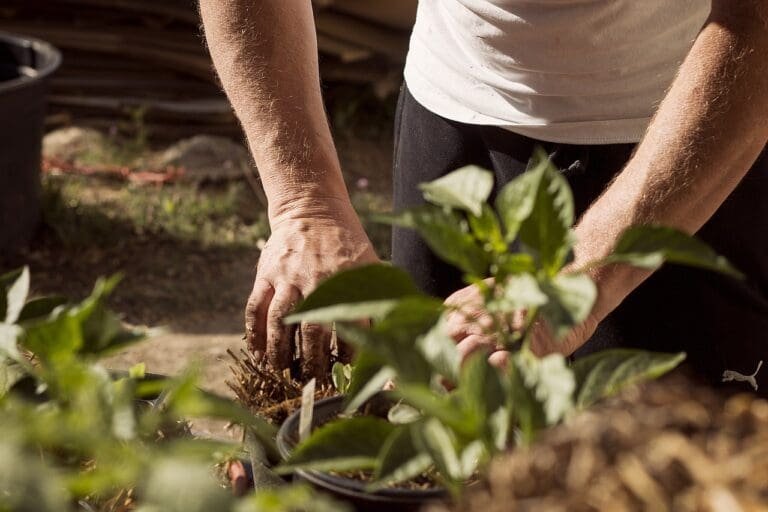
Finally, to keep your garden looking great all year round, it’s important to practice good maintenance. With a little bit of planning, creativity, and good maintenance, you can create a garden that looks great all year round, providing beauty and enjoyment throughout the changing seasons.
Top 5 spring garden maintenance tasks
1. Pruning
2. Weed control
3. Lawn care
4. Mulching
5. Cleaning and preparing garden tools
When it comes to maintaining your garden in the spring, there are a few key tasks you’ll want to focus on. First, pruning is essential to remove any dead or damaged growth before new growth begins. Weed control is also important to keep unwanted plants from taking over. Lawn care is another critical task, including fertilizing and mowing as necessary. Mulching helps to retain moisture and prevent weeds, and cleaning and preparing your garden tools will ensure they are in good condition for the upcoming growing season.
Top 5 summer garden maintenance tasks
1. Watering
2. Deadheading
3. Pruning
4. Pest and disease control
5. Lawn care
To keep your garden thriving in the summer, there are a few key maintenance tasks to focus on. Firstly, watering is crucial to ensure plants have enough moisture, especially during hot spells. Deadheading spent flowers helps to encourage new growth and prolong blooming. Pruning can help to shape plants and remove any dead or diseased growth. Pest and disease control is also important, as these issues can quickly spread in the warm, humid summer weather. Finally, lawn care is an essential task to keep your grass healthy and looking its best.
Top 5 autumn garden maintenance tasks
1. Raking leaves
2. Planting bulbs
3. Pruning
4. Cleaning and storing garden tools
5. Preparing garden beds for winter
When it comes to maintaining your garden in the autumn, there are several key tasks to focus on. Firstly, raking leaves is a critical task to keep your garden tidy and healthy. These leaves can be used to make your own mulch for next year. Secondly, planting bulbs in the autumn ensures they have enough time to establish themselves before the cold winter months. Pruning is also essential in the autumn to remove any dead or damaged growth and to shape plants for the next growing season. Cleaning and storing garden tools is also important to prevent them from rusting and to keep them in good working condition. Finally, preparing garden beds for winter is essential to ensure they are ready for planting when the spring comes around.
Top 5 winter garden maintenance tasks
1. Winter pruning
2. Clearing fallen leaves and debris
3. Repairing garden structures
4. Cleaning and maintaining garden tools and equipment
5. Preparing soil for the spring planting season
Winter is a time when many plants are dormant, but there are still important garden maintenance tasks to attend to. Firstly, winter pruning can help to remove any dead or damaged growth and shape plants for the coming year. Clearing fallen leaves and debris is also important to keep your garden tidy and prevent diseases from developing. Winter is also a good time to repair any garden structures, such as fences or trellises, and to clean and maintain your garden tools and equipment. Finally, preparing your soil for the spring planting season is crucial, as it allows you to get a head start on planting and ensures your soil is in the best possible condition. Applying a layer of mulch before the weather warms back up can help protect plants from frost and will also act as a great weed suppressant.
Final thoughts
In conclusion, creating a garden that looks good all year round is all about planning, creativity, and good maintenance. By selecting plants with different blooming times, focusing on colour and texture, incorporating containers and planters, and adding hardscaping and garden structures, you can create a beautiful and interesting garden that provides enjoyment throughout the changing seasons. With regular maintenance, you can ensure that your garden stays healthy and beautiful all year round. So, whether you’re an experienced gardener or just starting out, take these tips into consideration and create a garden that you’ll love all year round.
Happy gardening!

